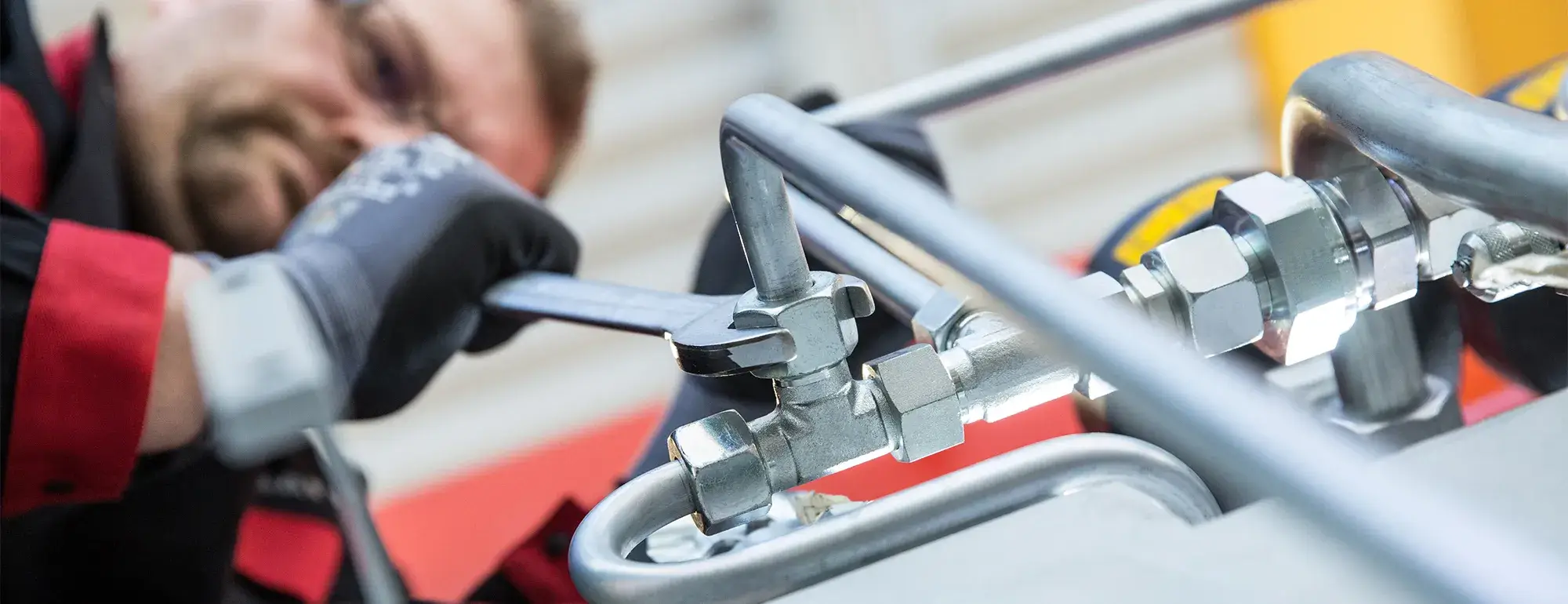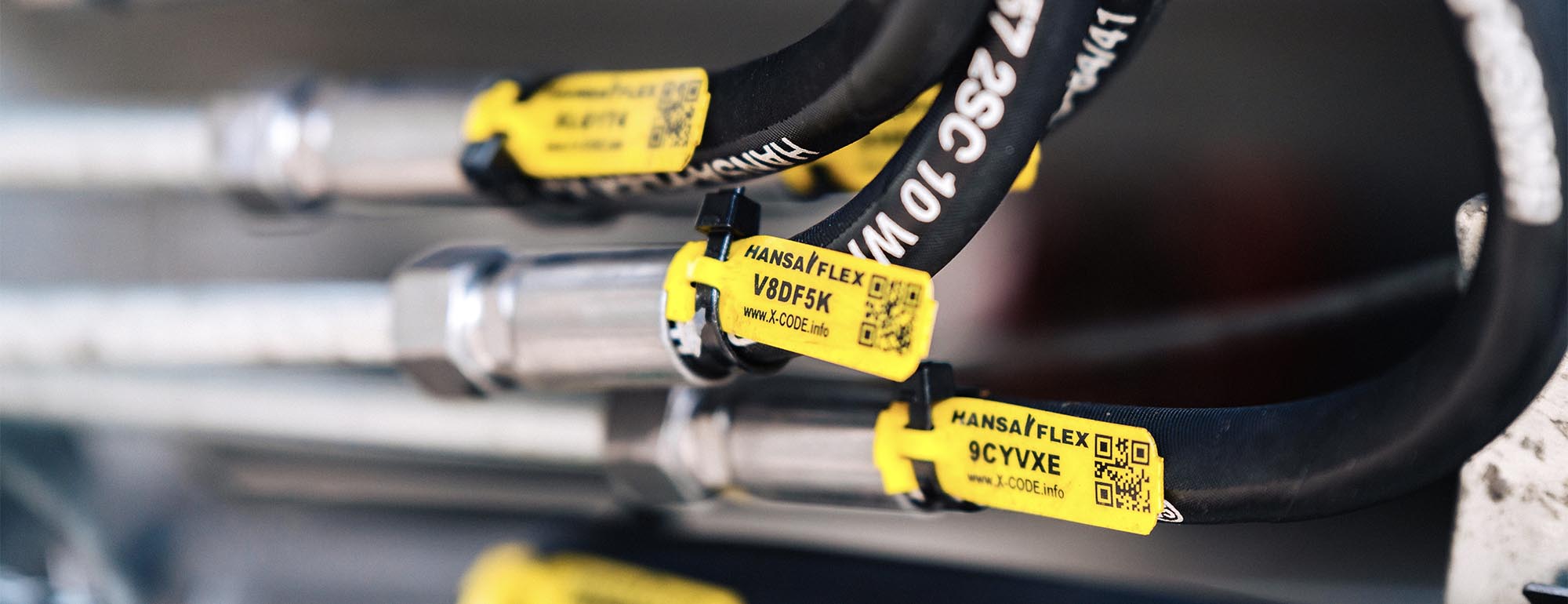Caution: residual pressure when machines are switched off!
-

Dipl.-Ing. (FH) Frank Weigel
Trainer Fluid Technology of the International Hydraulics Academy
Do you have any questions about our services and products? Or do you need help?
Sundays and public holidays are excluded

Are machines that are switched off always without pressure?

Trainer Fluid Technology of the International Hydraulics Academy

Caution – Danger of accident! What you need to know about the various thread types on hydraulic screw fittings.

The efficiency and performance of hydraulic systems in construction machinery depends largely on the valve technology used.

How to perform every task related to the management of hose lines quickly, easily and safely.